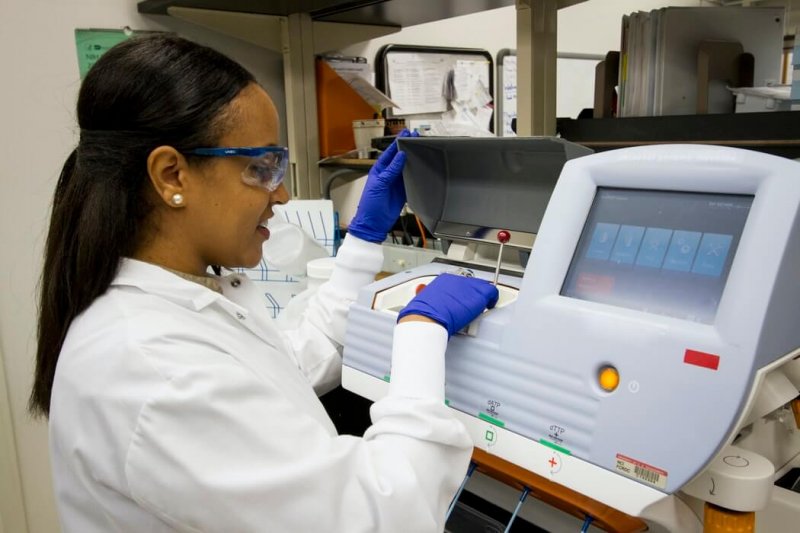- Biggest building block of the Next Generation EU stimulus package
- €672.5 billion in grants and loans to curb the effects of the pandemic
- Funds will support key policy areas such as green transition, digital transformation, crisis preparedness as well as children and youth
- Respect for rule of law and the EU’s fundamental values a prerequisite to receive funding
On Wednesday, Parliament approved the Recovery and Resilience Facility, designed to help EU countries tackle the effects of the COVID-19 pandemic.
The regulation on the objectives, financing and rules for accessing the Recovery and Resilience Facility (RRF) was adopted with 582 votes in favour, 40 against and 69 abstentions. The RRF is the biggest building block of the €750 billion Next Generation EU recovery package.
Curbing the effects of pandemic
€672.5 billion in grants and loans will be available to finance national measures designed to alleviate the economic and social consequences of the pandemic. Related projects that began on or after 1 February 2020 can be financed by the RRF, too. The funding will be available for three years and EU governments can request up to 13% pre-financing for their recovery and resilience plans.
Eligibility to receive funding
To be eligible for financing, national recovery and resilience plans must focus on key EU policy areas – the green transition including biodiversity, digital transformation, economic cohesion and competitiveness, and social and territorial cohesion. Those that focus on how institutions react to crisis and supporting them to prepare for it, as well as policies for children and youth, including education and skills, are also eligible for financing.
Each plan has to dedicate at least 37% of its budget to climate and at least 20% to digital actions. They should have a lasting impact in both social and economic terms, include comprehensive reforms and a robust investment package, and must not significantly harm environmental objectives.
The regulation also stipulates that only member states committed to respecting the rule of law and the European Union’s fundamental values can receive money from the RRF.
Dialogue and transparency
To discuss the state of the EU recovery and how the targets and milestones have been implemented by member states, the European Commission, which is responsible for monitoring the implementation of the RRF, may be asked to appear before Parliament’s relevant committees every two months. The Commission will also make an integrated information and monitoring system available to the member states to provide comparable information on how funds are being used.
Quotes
Siegfried MUREŞAN (EPP, RO), one of the lead MEPs involved in the negotiations said during the debate on Tuesday: “Today’s vote means that money will go to people and regions affected by the pandemic, that support is coming to fight this crisis and to build our strength to overcome future challenges. The RRF will help to modernise our economies and to make them cleaner and greener. We have set the rules on how to spend the money but left them flexible enough to meet the different needs of member states. Finally, this money must not be used for ordinary budgetary expenditures but for investment and reforms.”
Eider GARDIAZABAL RUBIAL (S&D, ES), one of the lead negotiators said: “The RRF is the correct response to the impact of the virus. It has two aims: in the short-term, to recover by supporting gross national income (GNI), investments and households. In the long-term, this money is going to bring about change and progress to meet our digital and climate goals. We will ensure that the measures will alleviate poverty and unemployment, and will take into account the gender dimension of this crisis. Our health systems will also become more resilient”.
Dragoș PÎSLARU (Renew, RO), one of the lead MEPs involved, said: “Europe’s destiny is in our hands. We have a duty to deliver recovery and resilience to our youth and children, who will be at the centre of the recovery. One of the RRF’s six pillars is dedicated especially to them, which means investing in education, reforming with them in mind and doing our bit for youth to help them get the skills they will need. We do not want the next generation to be a lockdown generation”.
Next steps
Once Council has also formally approved the regulation, it will enter into force one day after its publication in the Official Journal of the EU.














